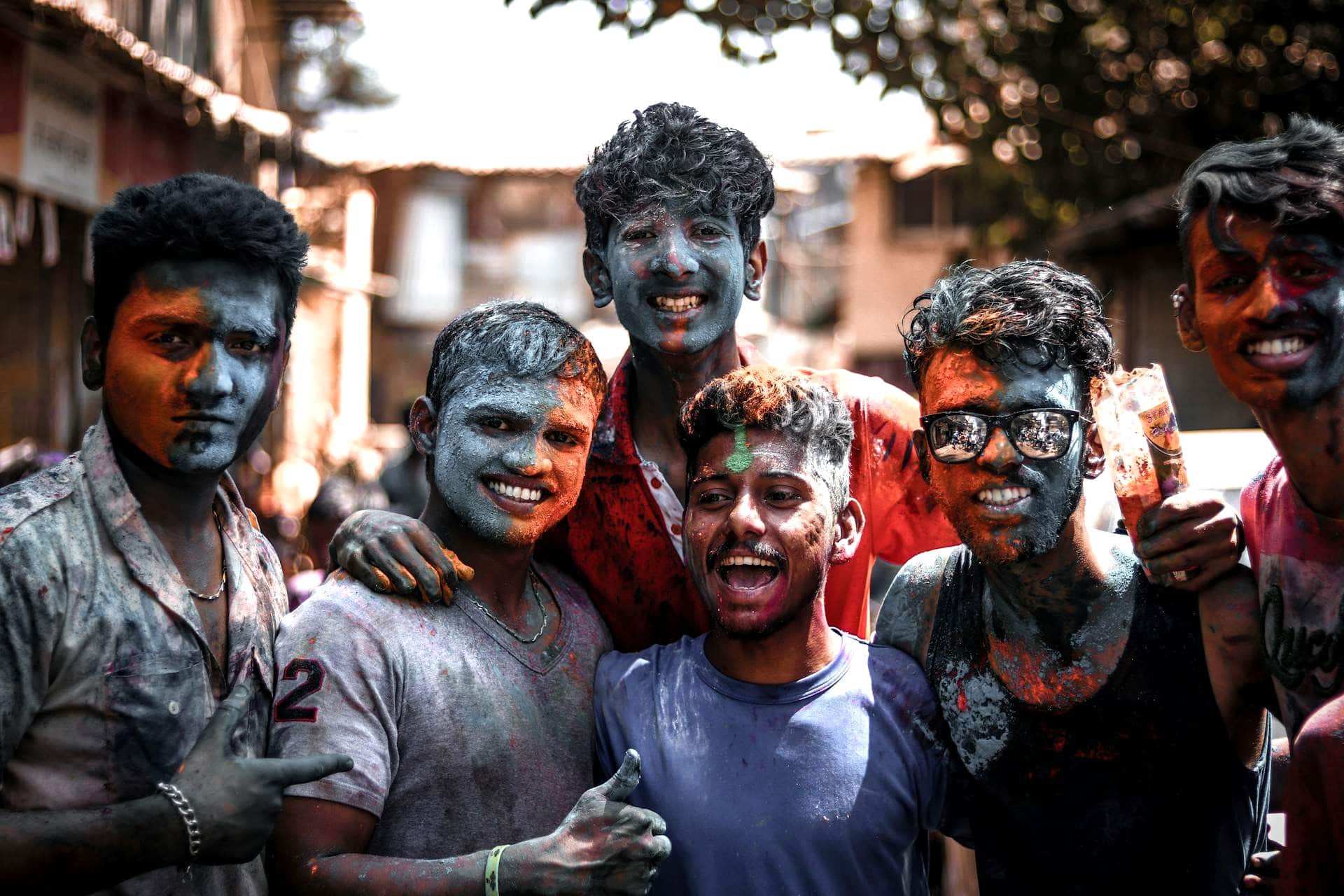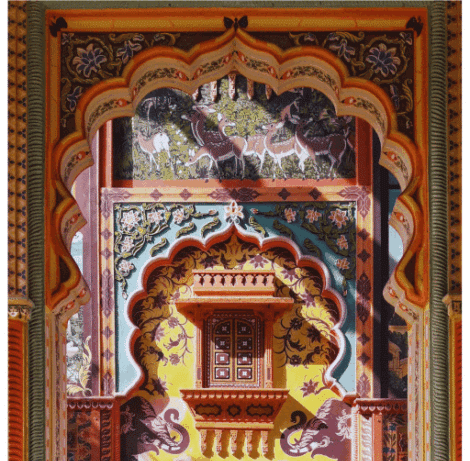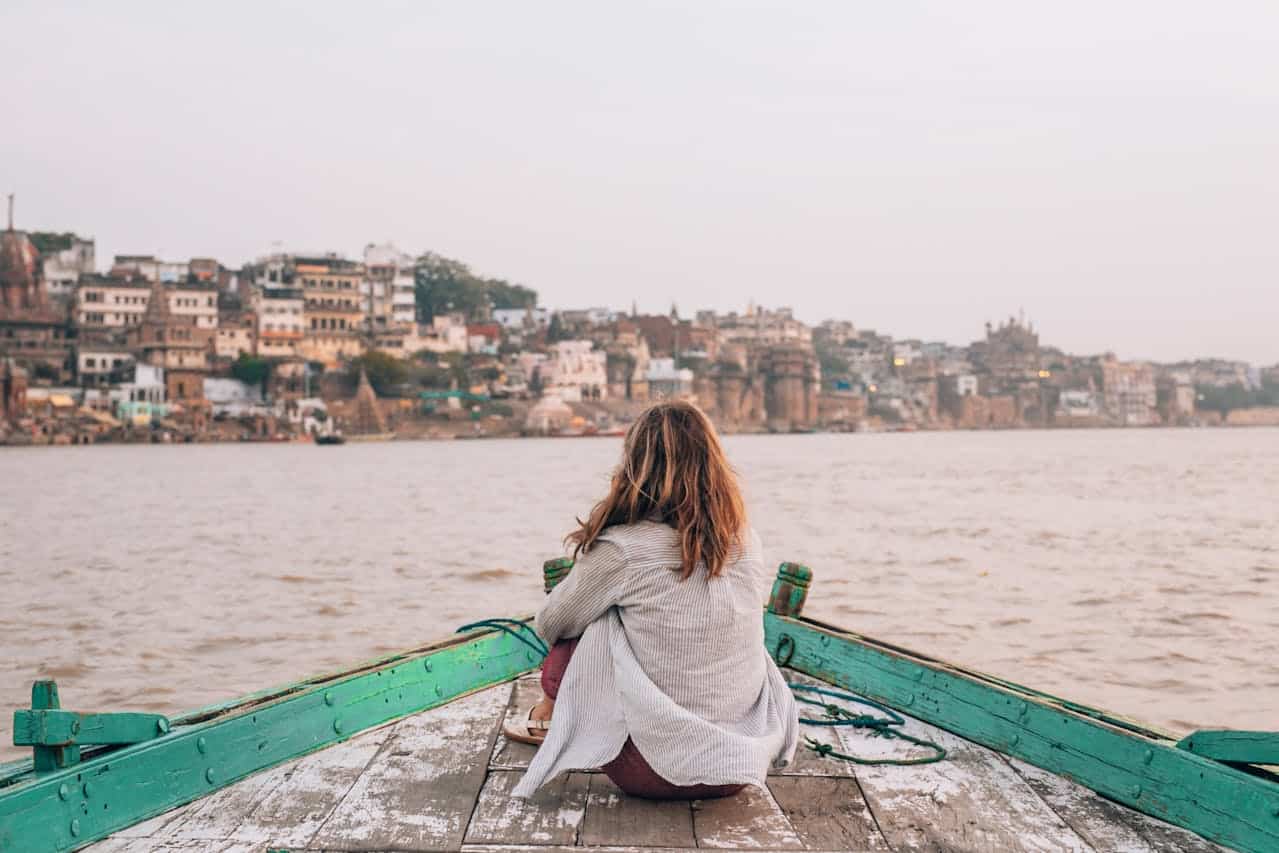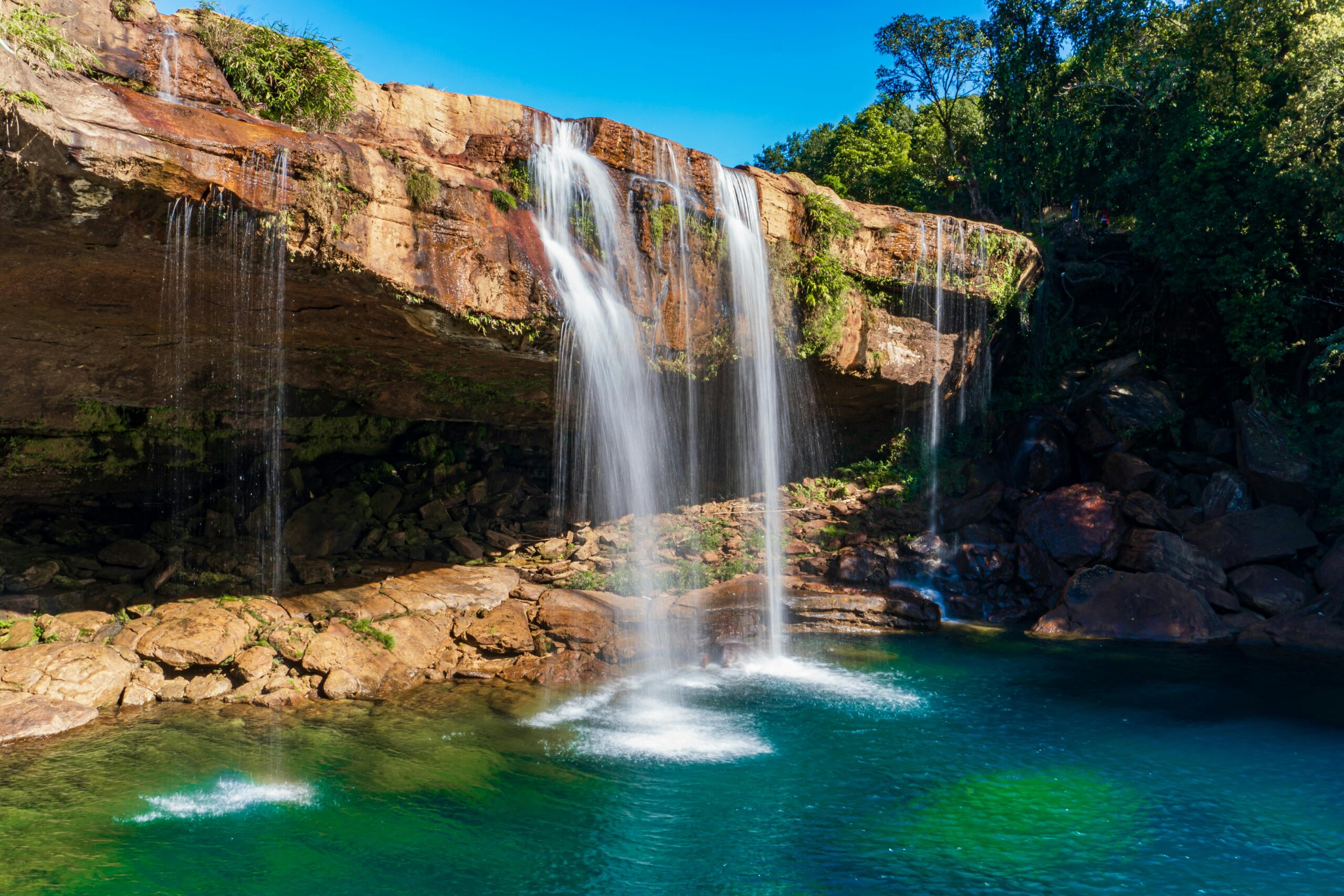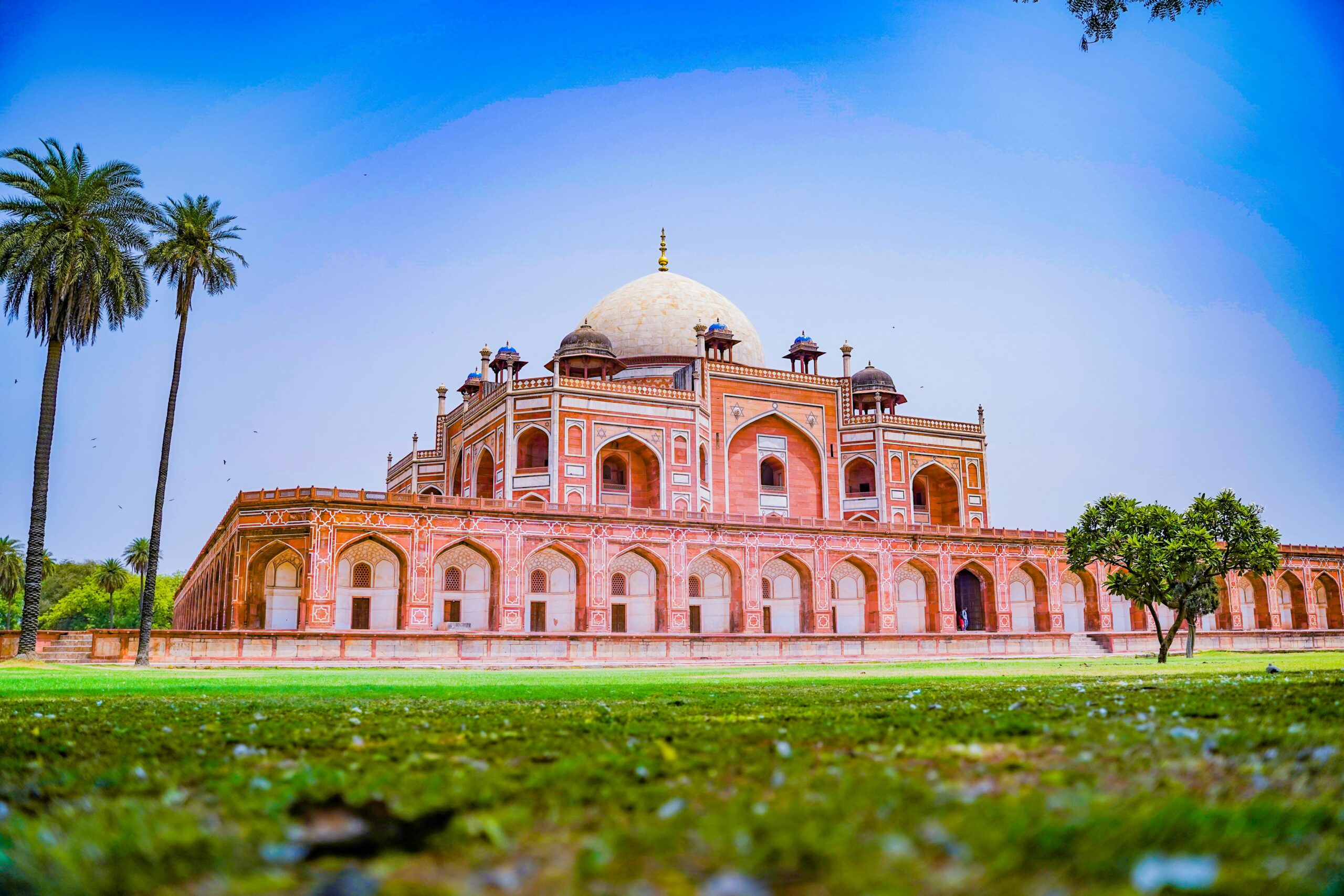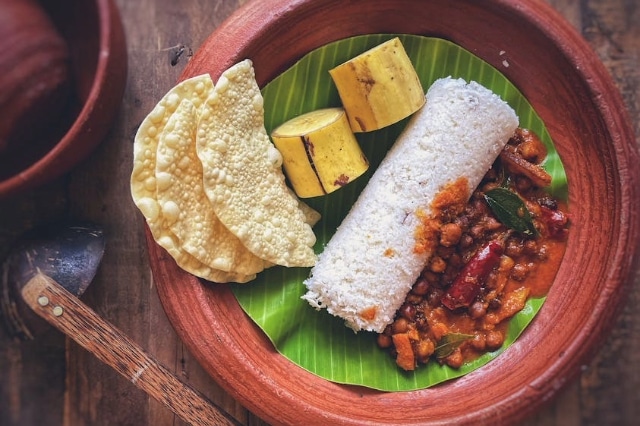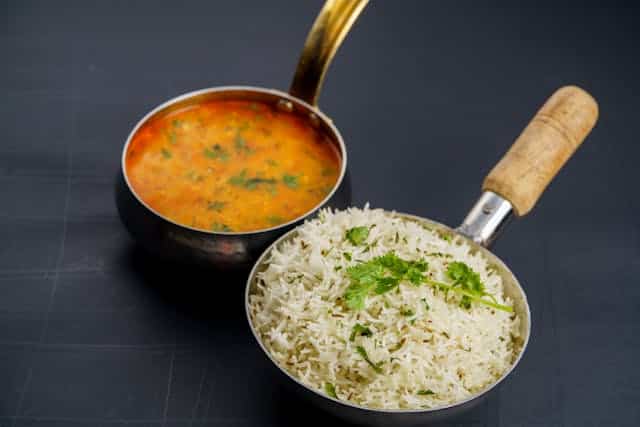Top Questions on Travel to India
- Is India safe for solo women travellers?
- What is the best way to get around in India?
- Do I need a visa to travel to India?
- What vaccinations are required for India?
- What to eat in India?
Women’s Safety Tips – India Travel Guide for Solo Female Travelers
Safety is the top priority for solo women travellers in India or any other country in the world. India is generally safe for tourists, but it is essential to be mindful of local customs. Travelling with a trusted female tour guide can ensure comfort and security, especially for solo women travellers. The Folk Tales India Travel Guide will offer you crucial insights into the safest regions and tips on how to stay secure.
The negative global media attention India has gathered has not helped tourism in our country. Some of the dreadful crimes that have happened in the past have created a negative perception about safety in general. From our decade-long experience, if you take basic precautions, you should be just fine travelling solo in India.
One of my top recommendations is to be friendly, but not with everyone. Use your gut feeling. If it does not feel right, it probably isn’t. Do not feel bad about being rude and saying ‘no’ to a person you do not want to communicate with.
I urge you to travel with an open heart because you will find exceptional gestures of kindness as you interact with the locals. A detailed India Travel Guide can help you make informed decisions about which areas to visit and avoid.
How to Get Around: India Travel Guide for Tourists
Navigating India’s transport system can be challenging. But with a rapidly evolving rail system, an increasing number of domestic airports, and state-of-the-art expressways, the journey is becoming easy. If you are a solo traveller in India on a low budget, consider using the public transport system, including trains and low-cost domestic flights.
Opting for train journeys lets you travel sustainability. We recommend domestic flights only when the travel distance is 1000 km or above. When you choose to take a domestic flight, try this direct booking platform that lets you compare the carriers and choose the best option. A custom tour with The Folk Tales India helps you plan routes and best modes of transportation according to your budget and time.
If you are travelling as a couple, family, or are above 60, I recommend private transport for convenience and comfort. After the railways, a full-time private vehicle is the most sustainable travel option. All high-quality vehicles comply with the recent emission norms, with adequately trained drivers to ensure vehicle maintenance, safety, and lower emissions.
Do I need a visa to travel to India?
The Ministry of External Affairs (MEA) controls the visa grants, denials, and exemptions for foreign tourists. Except for the citizens of Nepal and Bhutan, all other nationalities require a tourist visa for India. The visa policies are updated regularly, and we recommend visiting the MEA visa policy for the latest details.
- India tourist visa validity: The short-stay e-visa for tourists is valid up to 60 days. Tourists can stay up to 180 days in India with a visa extension from the Foreigners Regional Registration Office (FRRO).
- India tourist visa cost: India offers an e-visa for tourists, the cost of which ranges between $10 and $25 per person for a single entry. Visit the Indian Consulate General’s office in your city, or check the updated costs on the website.
Do I need vaccinations to visit India?
Vaccines depend on the guidelines of the country you reside in and the status of your health. India does not mandate any vaccine to visit as a tourist. To give you a general idea, the US Center for Disease Control (CDC) recommends the following vaccines and health guidelines for tourists to India.
What to Eat in India: A Food Lover’s Guide to Indian Cuisine
India has a vast culinary diversity. What you may taste in Delhi would be completely different from the local food of Kerala. But one thing is common – everything is super flavourful. And flavourful is not the same as ‘hot and spicy’. In our day-to-day life, we consume simple spices and a moderate amount of oil and butter. As a Westerner, you get the impression from what you eat in a restaurant. I highly recommend staying in family-run properties and opting for local food while designing a custom tour of India.
If you are accustomed to bland food, you may need a few days to adjust to the flavours. To start with, you can take one Indian meal a day, followed by a western meal such as toast, eggs, porridge, cereal, and fruit. That will give your body a balance till the time you are ready to fully switch to Indian food. For more culinary tips, refer to The Folk Tales India Travel Guide, which can help you find the best local food spots based on your taste preferences.
If you are visiting the North of India, some of the everyday items you would find in a restaurant are palak paneer (spinach sauce with cottage cheese), chicken curry, dry vegetable curries, and lentils. You can combine them with plain or jeera rice (rice with cumin), or chapati (Indian flat bread).



